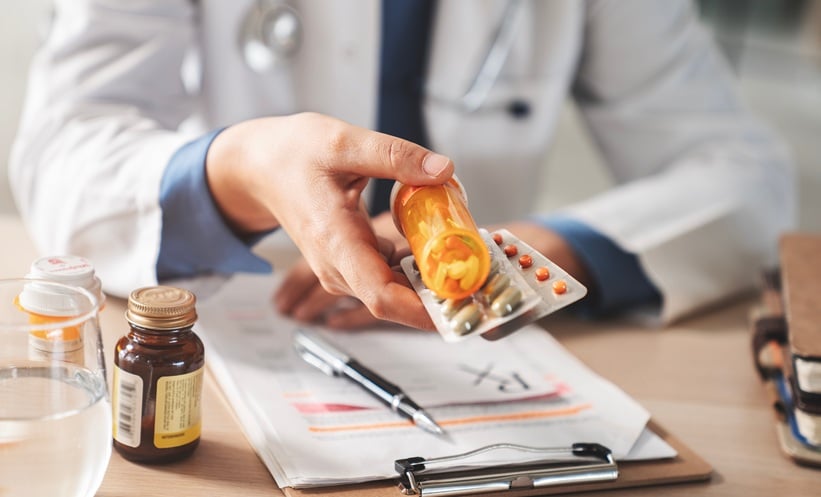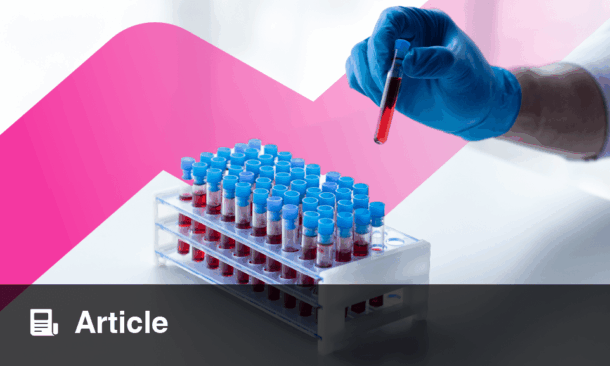Rising Burden of Paediatric Long COVID After Reinfection
The long-term impact of SARS-CoV-2 infection on children remains a pressing public health concern, particularly in the context of paediatric long COVID, also referred to as post-acute sequelae of SARS-CoV-2 infection (PASC). While early studies focused on initial infections, the effects of reinfection during the omicron era have been unclear. A large-scale retrospective cohort study, conducted through the Researching COVID to Enhance Recovery (RECOVER) Initiative, has now provided important insights into this issue by examining data from 40 children’s hospitals across the United States.
The study included 465,717 children and adolescents under 21 years of age who had a documented SARS-CoV-2 infection between January 2022 and October 2023. Of these, 58,417 (12.5%) experienced reinfection confirmed by PCR, antigen test, or clinical diagnosis at least 60 days after their first infection. Researchers compared rates of PASC diagnoses (U09.9) and 24 symptoms previously linked to long COVID between first and second infections, adjusting for demographic, clinical, and health utilisation factors.
Reinfection Doubles Risk of Long COVID and Multisystem Effects
Findings revealed that the incidence rate of PASC diagnosis per six months was 903.7 per million following a first infection and 1883.7 per million following reinfection. This translates to a 2.08-fold increased risk (RR 2.08 [1.68–2.59]) of developing PASC after a second infection. The elevated risk extended to a wide spectrum of long COVID symptoms, including cardiovascular, renal, neurological, and psychological complications.
Children with reinfection had significantly higher risks for myocarditis, thrombophlebitis, thromboembolism, arrhythmias, fatigue, cognitive impairment, dysautonomia (including POTS), and abnormal liver enzymes. Symptoms such as headache, musculoskeletal pain, abdominal pain, and altered taste or smell were also more prevalent. These findings suggest that paediatric long COVID is not confined to a single organ system but represents a multisystem inflammatory and metabolic response.
Public Health Implications and Need for Preventive Measures
The results underscore that children and adolescents face a substantially higher risk of paediatric long COVID after SARS-CoV-2 reinfection during the omicron period. The study authors emphasise the urgent need for preventive strategies, including vaccination, early identification of high-risk groups, and long-term monitoring of paediatric patients recovering from COVID-19.
Furthermore, the research calls for enhanced surveillance to track post-infectious sequelae and the implementation of targeted care pathways to manage persistent symptoms in younger populations. These findings add robust evidence that paediatric long COVID can have enduring consequences for physical and mental health, reinforcing the importance of continued vigilance and investment in recovery-focused research.
Reference
Zhang B et al. Long COVID associated with SARS-CoV-2 reinfection among children and adolescents in the omicron era (RECOVER-EHR): a retrospective cohort study. Lancet Infect Dis. 2025; DOI: 10.1016/S1473-3099(25)00476-1.








